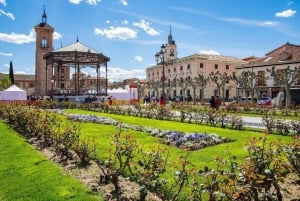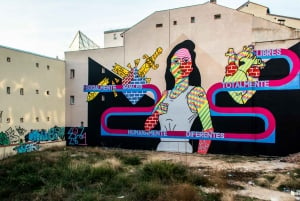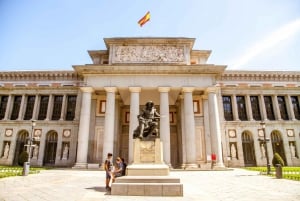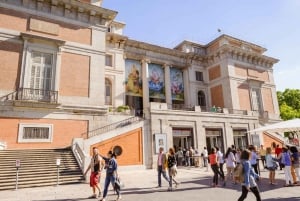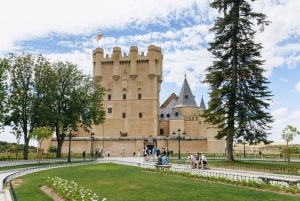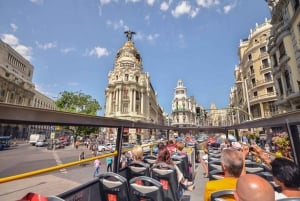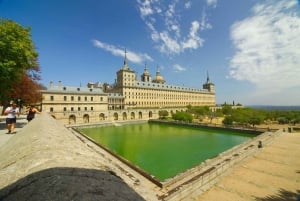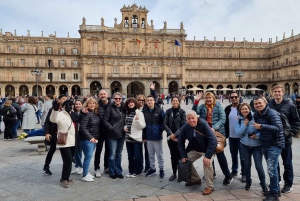Palace
In the times of Arab rule prior to the Christian conquest of the city, the Arabs built a defensive fortress to defend Toledo from Christian attacks, which planted the seed for Madrid to become a city. Upon the Christian conquest of the fortress in 1085, they began to expand the city, making Madrid the base for the monarchy and the point from where they would centralize the conquest towards the south. It slowly gained more influence and became the base for the king´s court, not only for of its strategic position but also for its rich variety of bears and wild boars for the kings’ devotion to hunting.
Emperor Carlos I made a significant extension of the palace-fortress to benefit Madrid, but it was his son King Philip II, who designated Madrid as the capital of the empire.
In 1734, a dramatic fire destroyed the palace, causing the loss of masterpieces by Tiziano, Velazquez and Rubens among others. Felipe V the first king from the French Borbon dynasty, hated the former palace because of its austerity, taking now the chance to create an entirely new one like the luxurious French ones he was used to. The original design was extremely huge and didn´t fit in the allocated land, so it had to be designed again cutting the size to one fourth. To eliminate the risk of a new catastrophe, the palace was built with stone and bricks only.
Since that time, the Palace has been used as the official residence of all Spanish kings and presidents until the Civil War in 1936. Now it´s only used by the kings to receive foreign heads of state.
The Royal Palace is considered one of the most beautiful in the world, thanks to its salons out of which we highlight, the ones with the column, the mirror and the throne, the dining room, the stairs and the royal chapel, making it all a unique set that many consider able to compete even with the palace of Versailles.




